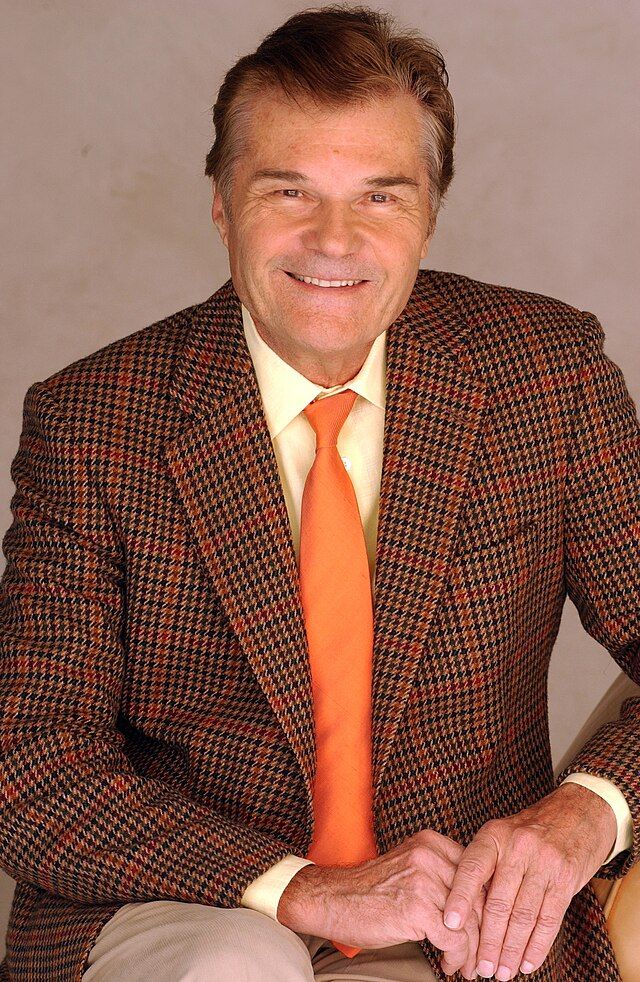
The cinematic landscape is perpetually shaped by a curious tension: the relentless pursuit of adaptation, especially when it comes to literary works deemed ‘unfilmable.’ The recent triumph of Denis Villeneuve’s ‘Dune,’ quickly following on the heels of ‘Apple’s Foundation’ adaptation, underscores this enduring allure. No matter how challenging the source material, or how fraught the history of past attempts—like the notoriously difficult ‘Breakfast of Champions’ movie—the sheer accomplishment of bringing such a book to the screen appears to be its own reward, a siren call that filmmakers simply cannot ignore. It’s a testament to the audacity of vision, an artistic gauntlet thrown down by the page to be picked up by the lens.
Hollywood’s fascination with these seemingly insurmountable texts isn’t merely about ego; it’s about pushing the boundaries of storytelling. Directors explore narratives that demand innovative approaches to visual and sonic translation, seeking to leave an indelible mark on cinematic history. These are the books that live in the realm of the abstract, the experimental, the structurally complex—works so deeply intertwined with the act of reading that their essence seems to resist the linear, visual demands of film.
But what exactly makes a book ‘unfilmable’? Often, it’s a combination of astonishing length, narrative complexity, or a reliance on internal monologue that makes it so difficult to translate. These masterpieces revel in ambiguity, non-linearity, or heavily rely on the reader’s active participation to construct meaning. They serve as a constant challenge, a whispered dare to any director bold enough to try.

1. **‘Gravity’s Rainbow’ by Thomas Pynchon**Thomas Pynchon’s ‘Gravity’s Rainbow’ stands as a towering testament to the ‘unfilmable’ novel. Time magazine once called it one of the all-time 100 Greatest Novels, even as Pulitzer Prize judges deemed it ‘unreadable’ and ‘obscene’ upon release. This monumental work, meticulously chronicling the creation of the V-2 rockets, presents a labyrinthine challenge that few filmmakers would dare approach.
The difficulty isn’t just its astonishing length; it’s the very fabric of its storytelling. Much of the book unfolds within surreal hallucinations and intricate dream sequences, pushing narrative boundaries. Portions delve into concepts near impossible to make cinematic, like telepathic communication, or should be, like the infamous ‘-eating sequence.’ Pynchon’s genius weaves these disparate, often grotesque elements into a challenging literary experience.
Pynchon didn’t set out to write something cinema couldn’t touch; its unfilmability was ‘a happy accident of the book’s creation.’ His intricate prose, dense philosophical digressions, and refusal to adhere to a straightforward plot create an intensely personal, interior reading. To strip this away for a visual medium would sacrifice the novel’s singular essence, a journey difficult to replicate passively in a cinema seat.
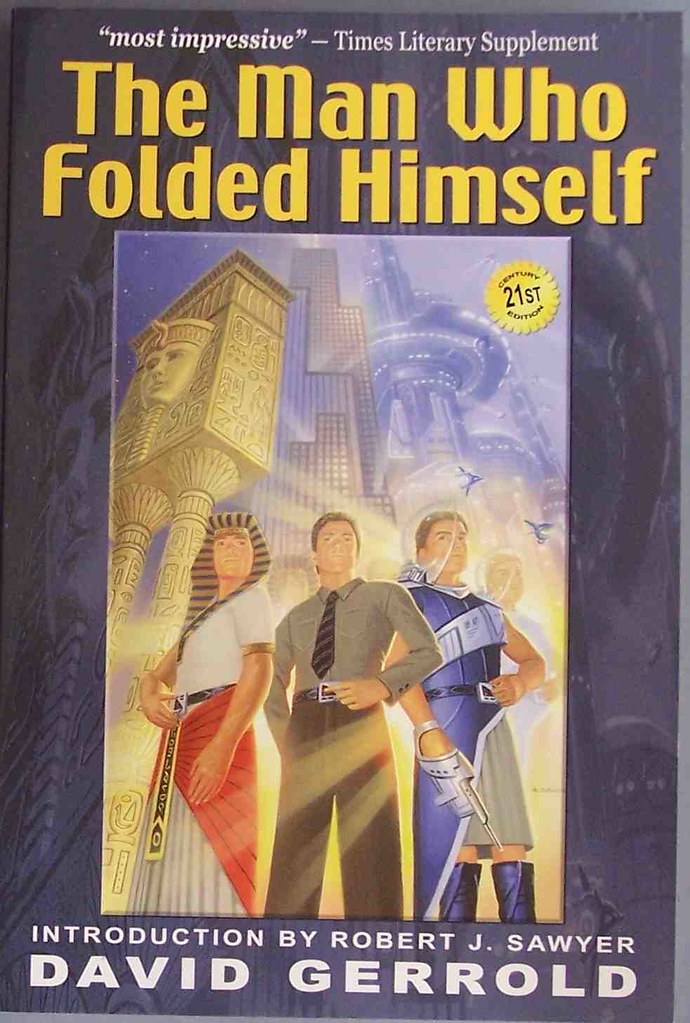
2. **‘The Man Who Folded Himself’ by David Gerrold**Published the same year as Pynchon’s epic, David Gerrold’s ‘The Man Who Folded Himself’ offers a different, yet equally potent, set of challenges. Hailed as ‘the ultimate time travel novel,’ its premise is deceptively simple: a man gains a time-traveling belt and uses it to engage with multiple versions of himself across temporal folds. This concept quickly spirals into profound philosophical and moral complexities.
The book describes the protagonist having with himself ‘more than once.’ This explicit exploration of self-replication and intimate self-discovery is central to the novel’s core, presenting a significant hurdle for mainstream cinema. A faithful adaptation demands a nuanced, boundary-pushing approach to depict such an unconventional relationship.
Cinematically, it would necessitate ‘all manner of special effects’ to portray the lead actor appearing on screen ‘as much (and as often) as possible.’ The constant interaction of multiple selves across timelines is integral. These technical demands, combined with deep philosophical questions about identity and free will, make Gerrold’s novel a dizzying proposition for any filmmaker.

3. **‘Dhalgren’ by Samuel R. Delany**Samuel R. Delany’s ‘Dhalgren’ is a masterpiece of intentional obliqueness and experimental narrative, a formidable contender in the ‘unfilmable’ canon. This sprawling tale follows a nameless protagonist through the enigmatic, seemingly destroyed city of Bellona. It’s a ‘frustrating and beautiful read’ that rewards those with the patience to navigate its 800+ pages of literary investigation.
The novel’s strength, and cinematic weakness, lies in its recursive tone and exhaustive exploration ‘into the nature of self, reality and literature.’ What functions brilliantly as an immersive, challenging literary experience—a tone poem for personal engagement—would likely falter on screen. Delany’s unique voice and playfulness in prose are precisely what would be most difficult to translate.
‘Losing yourself in an expansive recursive tone poem of a book at your own leisure’ contrasts sharply with ‘being trapped in a recreation of that inside a movie theater.’ Film’s passive consumption conflicts with the active, reflective journey Delany demands. The experimental structure and profound internal explorations make ‘Dhalgren’ a unique literary beast thriving because it is a book.

4. **‘The Silmarillion’ by J.R.R. Tolkien**J.R.R. Tolkien’s ‘The Silmarillion,’ despite the immense success of Peter Jackson’s ‘Lord of the Rings’ and ‘The Hobbit,’ remains unfilmed. This stark fact is a powerful indicator of its ‘unfilmable’ nature, defying expectations that any remaining Tolkien material would be quickly adapted.
Its untouched status stems from its esoteric and complex composition. Published posthumously in 1977, it contained material ‘initially refused by his publisher during his lifetime,’ much of it ‘left unfinished or in need of a second draft.’ This isn’t a cohesive novel but a vast, mythopoeic history, a sprawling collection of foundational lore for Middle-earth.
‘The Silmarillion’ is ‘anything but crowd-friendly fodder.’ It’s dense with names, lineages, and creation myths spanning millennia, often lacking a single protagonist or a clear dramatic arc. This sheer scope and abstract nature make it an unprecedented narrative challenge, prompting the suggestion that ‘Sir Ian McKellan just talking directly to the audience… ‘Honestly, I don’t think you really need to bother” might be the best adaptation.
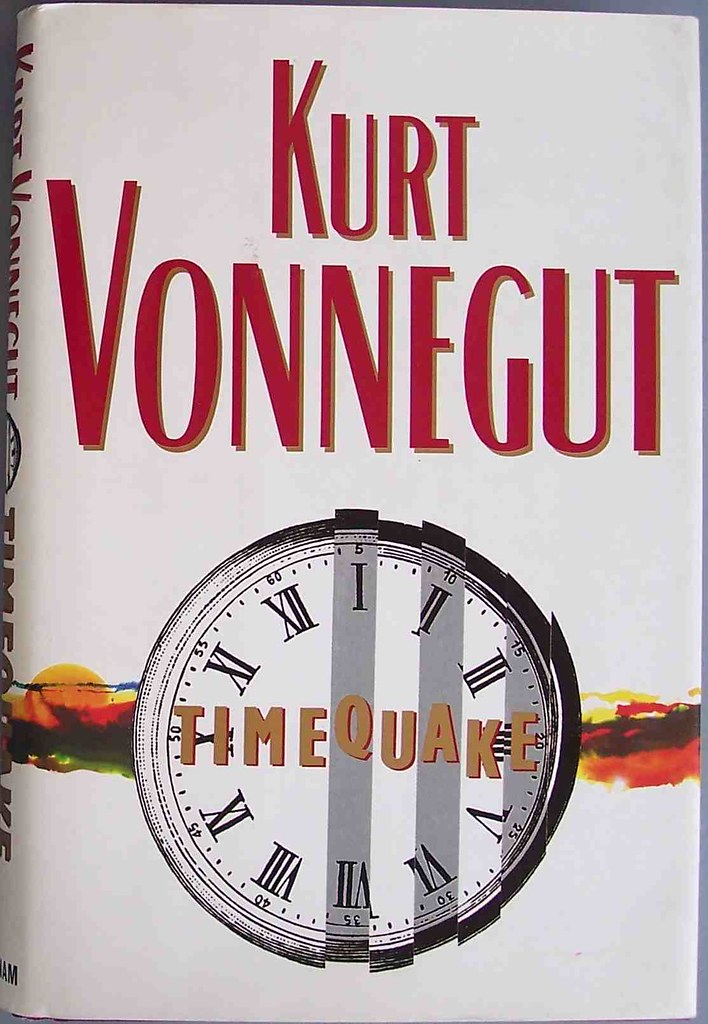
5. **‘Timequake’ by Kurt Vonnegut**Kurt Vonnegut’s ‘Timequake,’ his final ‘novel,’ presents a peculiar paradox: its core concept feels ‘tailor-made for movies,’ yet the book is inherently unfilmable. The premise is cinematic gold: a time-space disruption forces everyone to relive a decade of their lives. It’s ‘Groundhog Day, but for the entire world!’—a high-concept sci-fi idea ripe for visual spectacle.
However, ‘Timequake’s’ literary success stems from an element no film could reproduce: Vonnegut’s distinct, inimitable voice. The book is less a straightforward story than ‘a series of digressions about what Vonnegut is thinking about at the time,’ interspersed with his meta-commentary ‘complaining that the book isn’t really coming together as planned.’
This ‘metafictional joy,’ a direct dialogue between author and reader, interrogates storytelling and free will. A film adaptation would inevitably strip away Vonnegut’s constant interjections and philosophical musings, sacrificing the unique intimacy and intellectual playfulness defining the book. No ‘studio magic’ can replicate that direct author-audience connection, making this conceptually cinematic novel a literary exclusive.
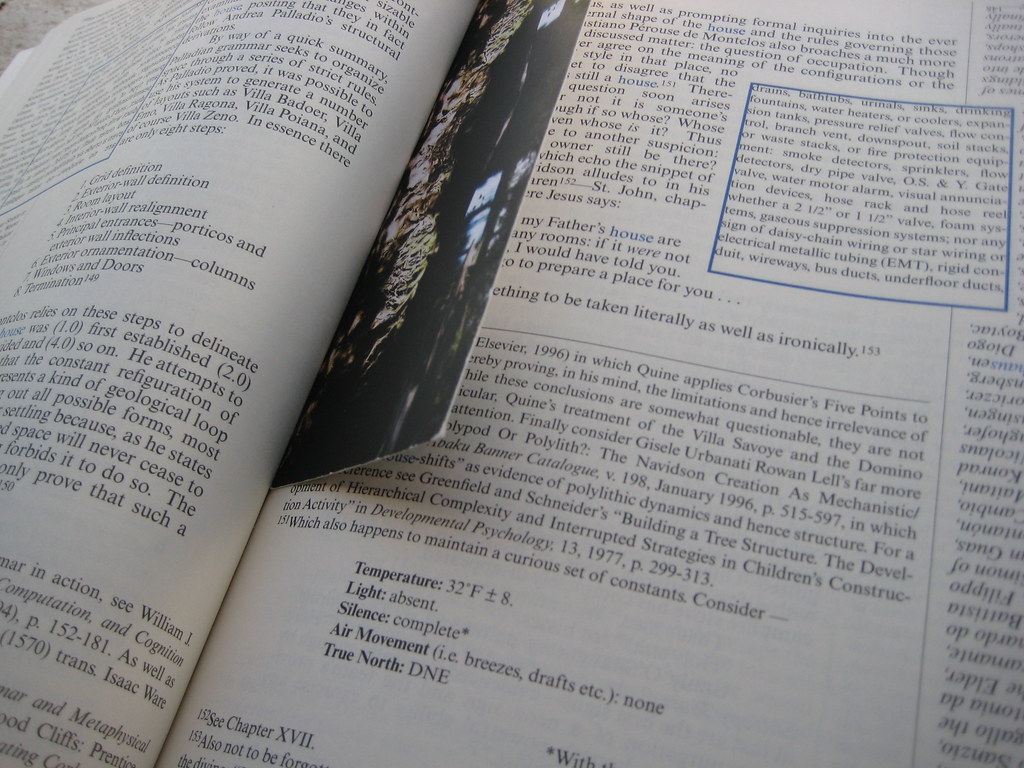
6. **‘House of Leaves’ by Mark Z. Danielewski**Mark Z. Danielewski’s ‘House of Leaves,’ his 2000 debut, captivated readers with its audacious presentation as much as its story. The narrative centers on a protagonist discovering a study of a documentary that may or may not exist, their interactions growing increasingly intertwined. The true ‘unfilmable’ genius, however, lies in ‘the way that the story was told.’
‘House of Leaves’ ingeniously exploits ‘the very format of a book with footnotes, typographic tricks and more making the most of the way that we read.’ Pages rotate, text forms bizarre geometries, and multiple narratives unfold visually. The physical act of reading—turning, deciphering visual puzzles, navigating its labyrinthine structure—is integral to its unsettling, immersive experience.
An ‘enterprising director could do their best to replicate the appeal by using different film stock and image treatments.’ However, translating these intrinsically textual devices to a visual medium would likely fall flat. In a post-‘Blair Witch,’ ‘Paranormal Activity’ era, merely mimicking stylistic tricks might not suffice, especially when the book’s core effect relies on subverting expectations of a physical object. Its brilliance is inextricably linked to its form.

7. **‘The Gone-Away World’ by Nick Harkaway**Nick Harkaway’s ‘The Gone-Away World’ presents a surreal, ridiculous, and deeply existential narrative so intimately tied to its prose that a cinematic adaptation feels ‘almost guaranteed to fail.’ The title hints at its premise: a world existing ‘after something called the Go-Away War.’ The nature of this war, however, introduces true unfilmability.
The ‘Go-Away War’ used weapons that didn’t just destroy but ‘destroy any evidence of their existence altogether,’ making things literally ‘go away.’ This concept is already a narrative tightrope, but Harkaway adds a bewildering byproduct: vanished material tends to ‘reappear as the products of bystanders’ subconscious.’ Visualizing absence and then its return as collective unconscious thought is an immense challenge.
The book thrives on immersing the reader in ‘the insular world of its inhabitants’ and how ‘prose can invite audiences into that world.’ Harkaway’s writing builds a reality both absurd and meaningful, using language to evoke strange physics and psychological repercussions. Translating such abstract and distinctive vision risks flattening its intricate layers and losing the essential weirdness compelling on the page.
However, the realm of ‘unfilmable’ literature isn’t solely populated by sprawling epics or experimental narrative. Sometimes, a text defies adaptation not by its internal mechanics alone, but by its very physical interaction with the reader, creating an experience that simply cannot be replicated on a passive screen. We now turn our attention to perhaps one of the most unique entries in this challenging literary landscape before shifting gears to explore those rare cinematic triumphs that managed to capture the elusive spirit of their formidable source material. It’s a journey from the utterly un-adaptable to the brilliantly adapted, showcasing the full spectrum of literary and cinematic interplay.
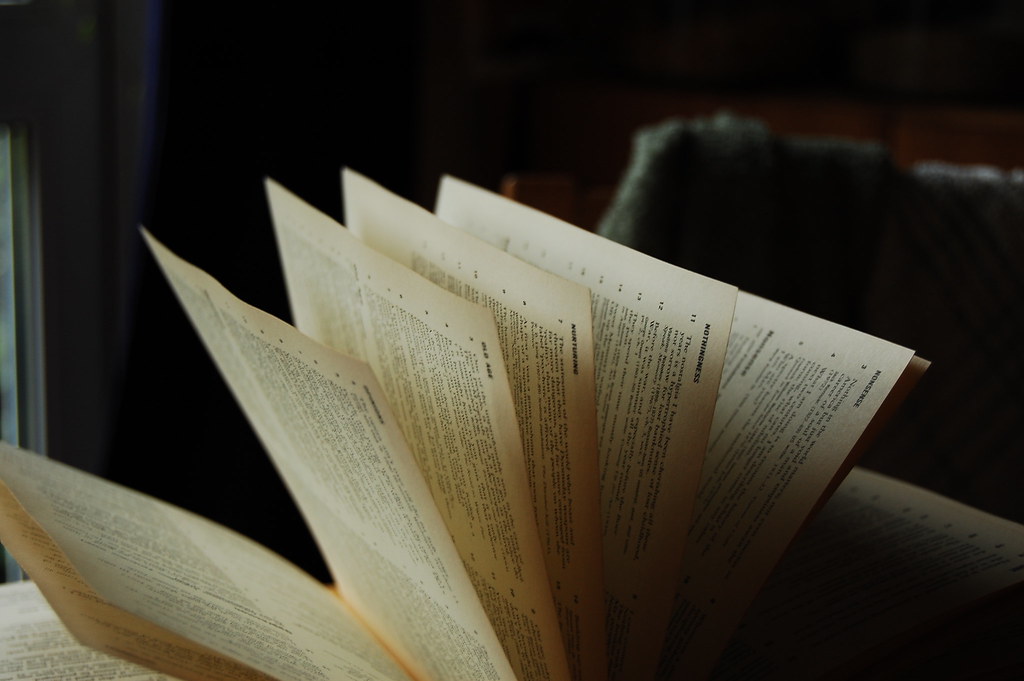
8. **‘S’ by J.J. Abrams and Doug Dorst**You might naturally assume that any story co-written by J.J. Abrams, a titan of contemporary cinema, would be a prime candidate for the big or small screen. Yet, the 2013 publication of ‘S’ stands as a compelling counter-example, demonstrating that even a master storyteller can craft a book so intrinsically tied to its format that cinematic translation becomes a narrative impossibility. It’s a meta-textual marvel, a project that is less a straightforward novel and more an immersive, interactive experience.
At its core, ‘S’ tells three interwoven stories, all of which are, in a unique sense, the same story. The central narrative is ‘Ship of Theseus,’ a fictional novel by the reclusive author V. M. Straka. This novel-within-a-novel could, in theory, be adapted to film. But that’s merely the first layer of an intricate onion, and it’s the subsequent layers that make ‘S’ truly unfilmable in its original glory.
The genius of ‘S’ lies in the way it presents itself: as a physical library book, complete with pre-written notes scrawled in the margins. These annotations belong to Jennifer and Eric, two characters who have already read ‘Ship of Theseus’ and left their ongoing dialogue, theories, and personal narratives for the reader to discover. Their notes, penned in different colors and styles, interact with each other, with the main text, and with various inserted ephemera like postcards, maps, and even a compass rose.
It is the interplay between these three distinct narratives—Straka’s novel, and Jennifer and Eric’s evolving commentary—that makes ‘S’ such a worthwhile and captivating experience. A film adaptation, no matter how clever, would inevitably miss the crucial, tactile element of reader discovery and interaction. The essence of ‘S’ is the physical act of leafing through a book, deciphering the marginalia, and feeling like an active participant in uncovering its many mysteries, a journey that cinema, by its very nature, struggles to replicate.
Having delved into the truly ‘unfilmable,’ it’s time to celebrate the triumphs. The common lament, ‘the book was better than the movie,’ echoes through countless discussions among readers and cinephiles alike. Indeed, transforming a beloved narrative from the boundless imagination of the written word to the fixed, visual canvas of film is an exceptionally difficult endeavor. It often necessitates significant changes, difficult omissions, and bold reinterpretations, risks that can alienate purists while aiming to capture new audiences.
Yet, against these daunting odds, some films don’t just succeed; they soar, elevating their source material into new dimensions while forging their own iconic legacies. These are the adaptations that defy expectations, showcasing how visionary directors and talented screenwriters can translate the heart, soul, and often complex structures of novels into truly unforgettable cinematic experiences. Let’s explore some of the very best book-to-film adaptations that prove the magic can, indeed, happen.
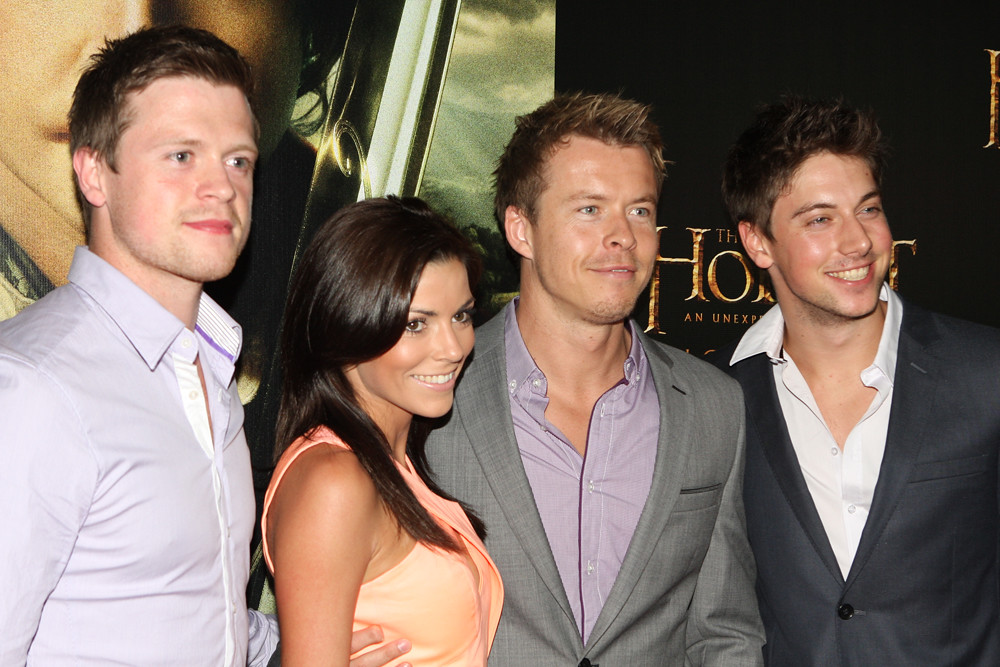
9. **‘The Lord of the Rings’ (2001-2003)**J.R.R. Tolkien’s ‘The Lord of the Rings’ wasn’t just a novel; it was a foundational work of modern fantasy, a sprawling, mythic saga that had captivated generations of readers. For decades, the sheer scope and intricate detail of Middle-earth were deemed too vast, too epic, and too precious to ever be faithfully translated to the silver screen. Peter Jackson’s monumental trilogy, however, did not just adapt the books; it arguably defined a new era of epic filmmaking.
Budgeted at an average of $100 million per film, with additional gross from merchandise sales, these films were an ambitious undertaking. Filming took place over 18 arduous months in the breathtaking landscapes of New Zealand, starting in October 1999 and concluding in November 2000, followed by extensive post-production. The context notes that Tolkien’s English publisher, Rayner Unwin, sold the film rights for a reported £20 million, a testament to the perceived value of this literary property.
Jackson, alongside his dedicated team, managed to craft a cinematic experience that resonated deeply with both devoted fans and newcomers to Middle-earth. The films are a masterclass in world-building, character development, and breathtaking special effects that, despite being over 20 years old, still make jaws drop. While some purists might debate specific narrative choices (like the exclusion of Tom Bombadil), the films were widely acclaimed for their fidelity to the spirit of the books and their immersive quality.
The trilogy’s success wasn’t just critical; it was a global phenomenon. It set benchmarks for epic fantasy cinema, demonstrating that complex literary worlds could be brought to life with respect, grandeur, and emotional depth. ‘The Lord of the Rings’ films didn’t just tell a story; they invited audiences to live within Tolkien’s creation, making them one of the most spell-binding adaptations of a book series ever, with the Extended Editions becoming the definitive way to experience them for many aficionados.
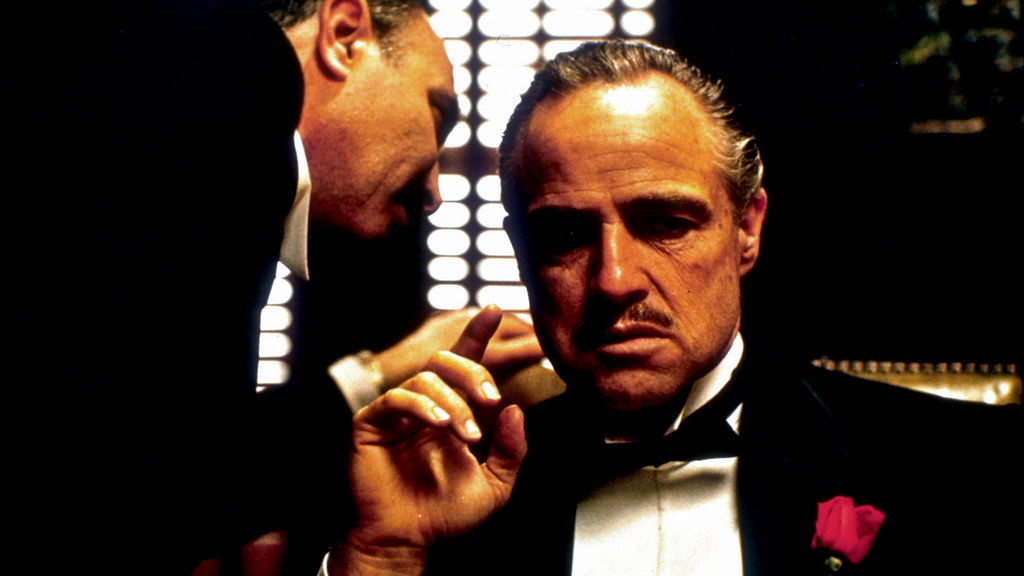
10. **‘The Godfather’ (1972)**Before it became a cultural touchstone and one of cinema’s most revered works, ‘The Godfather’ was a best-selling novel by Mario Puzo. Its gritty portrayal of a fictional New York crime family, spanning the tumultuous years from 1945 to 1955, captivated readers with its exploration of power, loyalty, and the American dream. Bringing such a complex, character-driven narrative to the screen, especially with the weight of Puzo’s success, was no small feat.
Paramount Pictures famously acquired the rights to Puzo’s novel for a modest $80,000 even before it achieved widespread popularity, a move that would prove incredibly prescient. However, the path to production was fraught with challenges, including difficulties in securing a director and significant disagreements between studio executives and Francis Ford Coppola over casting decisions, particularly for the iconic roles of Vito and Michael Corleone.
Despite these internal battles, Coppola’s vision ultimately prevailed, leading to a film that is an undisputed masterpiece. Marlon Brando’s portrayal of Vito Corleone and Al Pacino’s transformation as Michael are legendary, anchoring a narrative that is both epic in scope and intimately focused on familial dynamics. The film’s meticulous attention to detail, from the production design to Nino Rota’s unforgettable musical score, perfectly captures the mood and era of Puzo’s world.
Puzo himself collaborated on the screenplay, ensuring a degree of faithfulness to the original text. While some backstories were streamlined or reserved for ‘The Godfather Part II,’ the film perfectly complements the book, with its ending even arguably more gloomy. ‘The Godfather’ stands as a powerful testament to how a director’s unwavering artistic vision can take popular source material and elevate it into a cinematic legend, a film that not only honored its origins but transcended them to become possibly the greatest gangster movie of all time.
Read more about: Still Shining Bright: A ‘Then and Now’ Look at 12 Beloved Stars Who Defined the 1970s
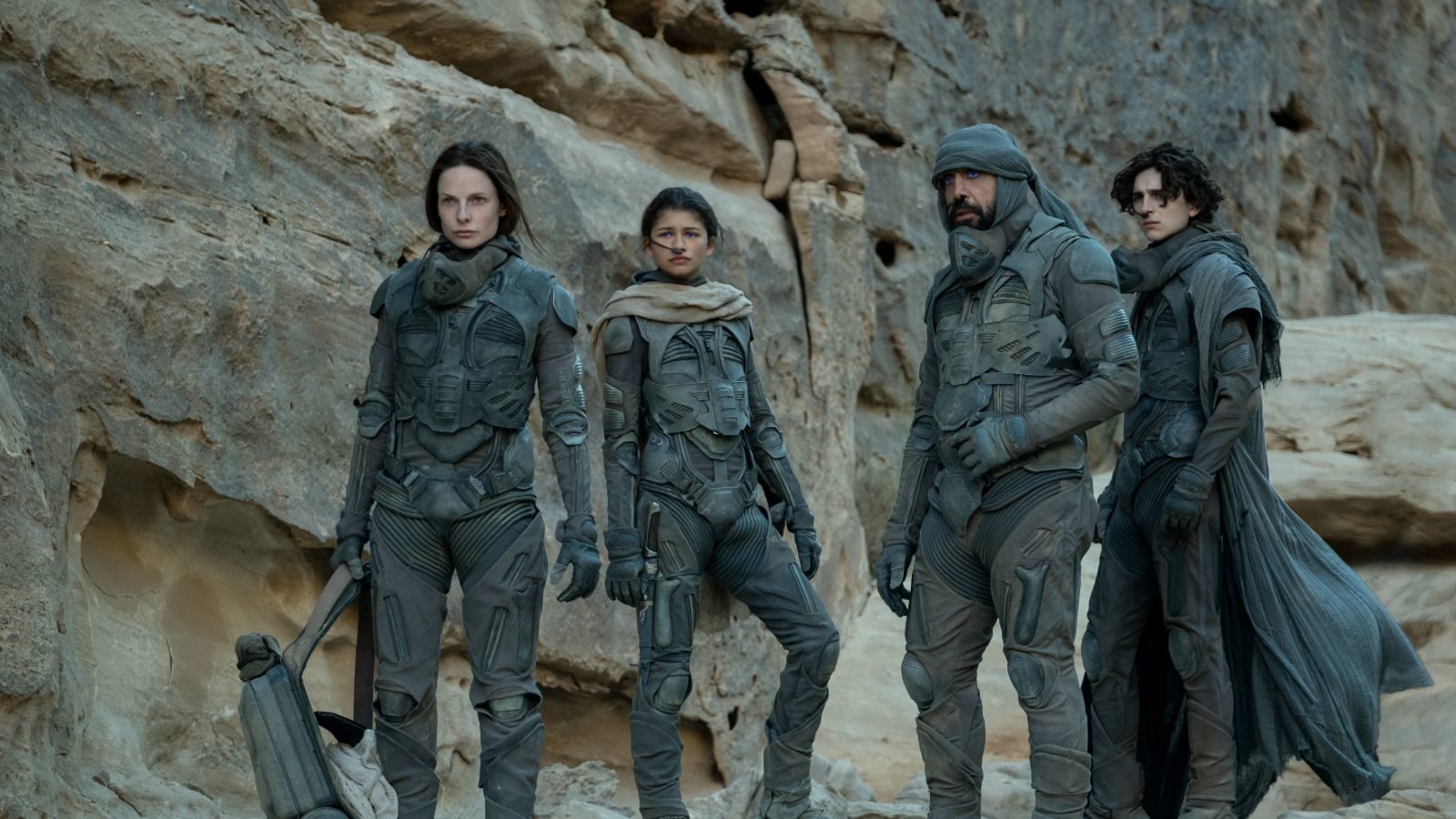
11. **‘Dune’ (2021)**Frank Herbert’s ‘Dune’ is another literary giant that had long been considered a monumental challenge for filmmakers. Its intricate world-building, dense philosophical underpinnings, and vast scope presented a formidable hurdle for any adaptation. The novel introduces us to Paul Atreides and his family, entrusted with protecting the desert planet Arrakis, home to the most precious substance in the galaxy: spice. Capturing this epic on screen required a director with a profound understanding of both the material and the medium.
Denis Villeneuve, through his 2021 adaptation, cemented his reputation as one of the greatest sci-fi directors around. His approach to ‘Dune’ wasn’t to condense the entire epic into a single film, a strategy that had plagued previous attempts. Instead, he wisely chose to adapt only the first part of the novel, allowing the narrative to breathe and the world to unfold with the necessary grandeur and detail. This decision was crucial in maintaining the novel’s complex character arcs and thematic depth.
The film itself is a visual spectacle, demanding to be experienced on the big screen. Villeneuve’s direction evokes the desolate beauty of Arrakis and the sheer scale of its political and ecological struggles. The stunning cinematography, immersive sound design, and faithful yet innovative interpretation of Herbert’s vision resonated powerfully with audiences and critics alike, earning widespread acclaim.
The success of ‘Dune’ led to the fantastic news of a confirmed Part Two, a clear indicator that Villeneuve’s calculated approach had paid off. It stands as a brilliant example of an adaptation that not only respects its challenging source material but also innovatively translates its essence into a stunning, contemporary cinematic triumph, proving that with the right vision, even the most formidable literary landscapes can be majestically brought to life.

12. **‘The Shawshank Redemption’ (1994)**Stephen King is a master of storytelling, and his novella ‘Rita Hayworth and Shawshank Redemption,’ from the collection ‘Different Seasons,’ provided fertile ground for what would become one of the most beloved films of all time. ‘The Shawshank Redemption,’ written and directed by Frank Darabont, tells the enduring story of banker Andy Dufresne (Tim Robbins), wrongly imprisoned for the murder of his wife and her lover.
The film masterfully captures the spirit of King’s narrative, focusing on themes of hope, perseverance, and quiet rebellion within the brutal confines of Shawshank State Penitentiary. Andy’s journey, from a stoic newcomer to a figure of quiet influence and ultimate liberation, is portrayed with profound emotional depth. His relationship with contraband smuggler Ellis “Red” Redding (Morgan Freeman) forms the emotional backbone of the movie, beautifully illustrating camaraderie forged in adversity.
Darabont’s screenplay intelligently adapts the novella, expanding on key moments and relationships without diluting the core message. The film’s narrative approach allows for a slow, deliberate build-up, mirroring the decades Andy spends in prison. Details like the rock hammer, the Rita Hayworth poster, and the intricate smuggling operation are meticulously woven into the plot, each serving a crucial purpose in Andy’s long-term plan.
Though not an immediate box-office smash, ‘The Shawshank Redemption’ gained immense popularity through home video and television, solidifying its place in cinematic history. It’s a poignant testament to the power of hope and human resilience, demonstrating how a compelling story, even when adapted from a shorter work, can resonate universally and become a timeless classic, earning its spot among the best book-to-film adaptations ever made.
Read more about: Grab the Tissues: The 10 Movie Deaths That Will Still Make You Absolutely Bawl Your Eyes Out
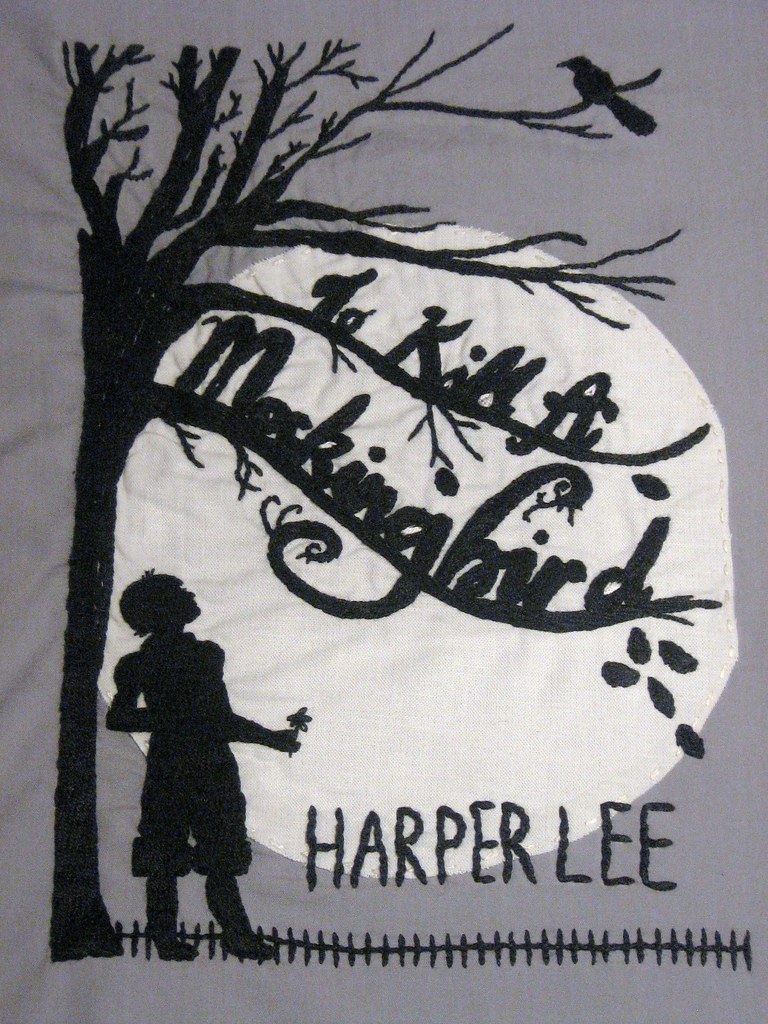
13. **‘To Kill A Mockingbird’ (1962)**Harper Lee’s Pulitzer Prize-winning novel, ‘To Kill A Mockingbird,’ is an epoch-defining work of American literature, cherished for its exploration of justice, prejudice, and moral integrity in the Deep South. Translating such a culturally significant and deeply layered narrative to film, especially one so reliant on the perspective of a child, required immense sensitivity and a keen understanding of its core themes. Robert Mulligan’s 1962 adaptation rose beautifully to this challenge.
The film centers on Atticus Finch, portrayed by the iconic Gregory Peck, a small-town Southern lawyer defending a black man against a false accusation of rape. Peck’s casting was pitch-perfect, embodying the heroic Atticus with a quiet dignity and unwavering moral compass. The movie uses this central conflict as a powerful launching pad to explore the racial inequality and class divisions prevalent in 1930s Maycomb, Alabama, capturing the essence of Lee’s biting social critique.
Mulligan’s direction and the screenplay meticulously craft the world through the eyes of young Scout (Mary Badham) and Jem (Philip Alford), the book’s central protagonists, who fare equally well in their roles. The film beautifully captures the innocence of childhood juxtaposed against the harsh realities of a prejudiced society, making the profound moral lessons all the more impactful. It resonates deeply with Lee’s themes of tolerance and compassion in the face of hatred and violence.
‘To Kill A Mockingbird’ was not only a critical success, earning eight Academy Award nominations and winning three, including Best Actor for Gregory Peck, but also became a timeless piece of cinema. It stands as a masterful adaptation that remained profoundly faithful to the manner and quality of the book, proving that a film can indeed capture the soul of a fantastic novel and leave an indelible mark on cultural consciousness, sparking important conversations for generations.

14. **‘Fight Club’ (1999)**Chuck Palahniuk’s 1996 novel ‘Fight Club’ was a raw, visceral, and darkly comedic satire of consumerism and male malaise, quickly achieving cult status. Its distinctive voice and provocative themes presented a formidable challenge for cinematic adaptation, as critics often fear Hollywood’s tendency to dilute a book’s central premise for mass appeal. However, David Fincher’s 1999 film adaptation did the exact opposite, delivering a cinematic experience that was as impactful and uncompromising as its source.
Edward Norton stars as the unnamed protagonist, an ‘everyman’ suffocated by his white-collar job and consumer-driven life. His eventual formation of a ‘fight club’ with the charismatic soap salesman Tyler Durden (Brad Pitt) and his entanglement with Marla Singer (Helena Bonham Carter) drive a narrative that is both thrilling and deeply unsettling. Fincher’s direction, coupled with a sharp screenplay, dives headfirst into the novel’s anti-establishment and anti-consumerist messages, never shying away from its more disturbing elements.
Palahniuk himself publicly applauded Fincher’s adaptation, acknowledging that while some simplifying was necessary, the film captured the novel’s essence. The movie is a relentless exploration of identity, masculinity, and societal discontent, portraying a protagonist who only feels alive when breaking free from conventional norms. Its visual style is as audacious as its narrative, creating a truly immersive and thought-provoking experience.
‘Fight Club’ was visceral, inflammatory, and above all, entertaining, presaging a decade of cultural debate on male emasculation and consumer culture. It’s a brilliant example of an adaptation that not only embraced the challenging nature of its source material but amplified its message, creating an iconic piece of cinema that remains as relevant and powerful today as it was upon its release. Fincher proved that when a book’s vision is respected and given the proper creative treatment, the film can be equally, if not more, captivating than the original.
Ultimately, the journey from page to screen is a fascinating, often unpredictable one. While some literary works are so uniquely crafted that they resist any attempt at faithful cinematic translation, others offer fertile ground for visionary directors to create new, equally powerful artistic statements. The ‘unfilmable’ books challenge our perceptions of storytelling, reminding us of literature’s unique power. Conversely, the successful adaptations demonstrate that cinema, in its finest form, is not merely a mimic of the written word, but a transformative art form capable of capturing and reinterpreting the profound narratives that shape our cultural consciousness. Whether a book remains untouched or becomes a blockbuster, each interaction between these mediums enriches our understanding of storytelling itself, fueling endless discussions and cementing the enduring magic of both page and screen. Keep reading, keep watching, and keep debating – the conversation is far from over!

